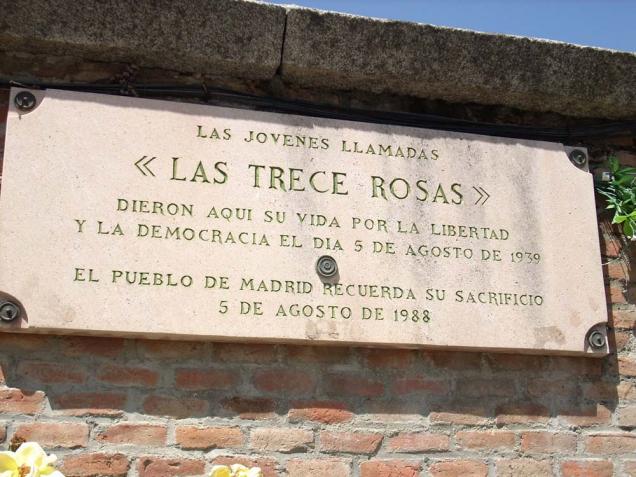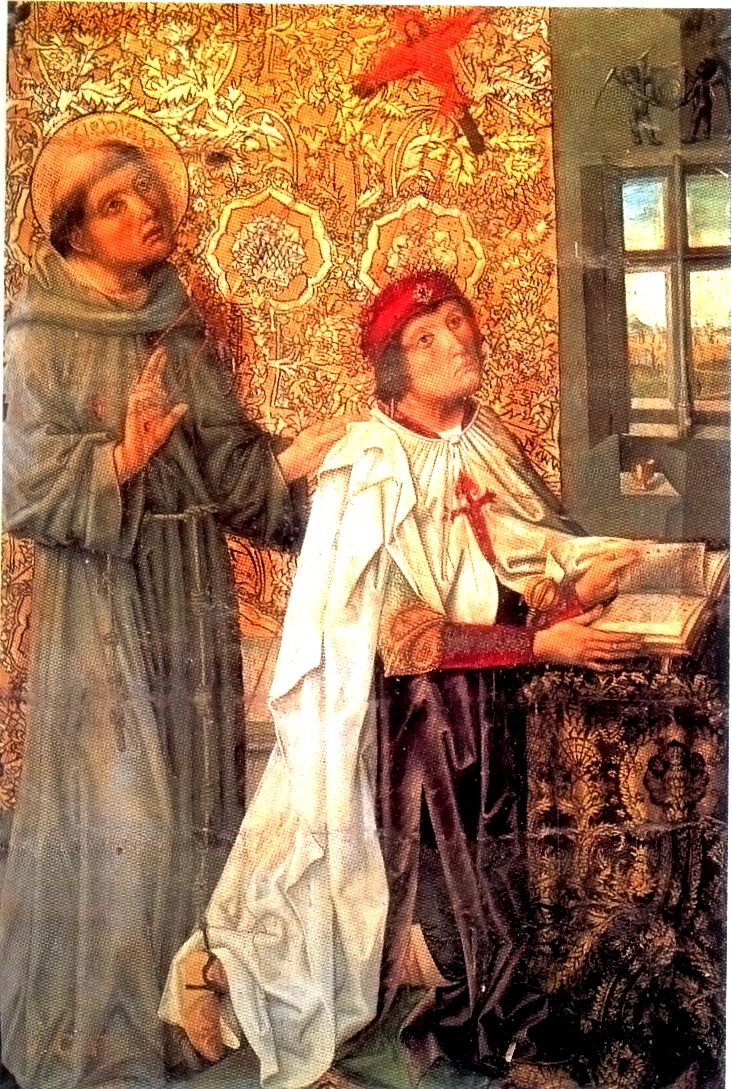The Galician pie is a very popular variety of pies in Spanish and Galician cuisine. Culinary preparation is offered in the municipalities of Galicia (Northeast Spanish) on holidays. It is usually served hot or cold.
Pies are known in Spain since the time of the Goths in the seventh century where standards are enacted for processing. The Pie was the ideal food for travelers, as a preparation covered, allowing the interior to avoid contact with the dust of the roads. Galician pies are already carved in the twelfth century in the Portico de la Gloria of Santiago de Compostela.
ingredients:
- 500g of flour.
- 25 g fresh bakers yeast.
- 160 ml of water.
- 50 ml of white wine.
- 1 pinch of salt.
- Oil sauce.
- 500 g of onion.
- 350 g of tuna.
- 4 tablespoons tomato sauce.
- Paprika.
- Extra virgin olive oil.
- 1 egg.
Elaboration.
- Peel and chop the onions.
- Fry the chopped onions in a pan with olive oil.
- Add a tablespoon of paprika.
- Add the tuna and mix well.
- Remove the pan from the heat, drain the oil and reserve the mixture. Add about 4 tablespoons tomato sauce.
Elaboration of the mass
- In a bowl put the flour, salt and white wine.
- Heat water in the microwave and dissolve the yeast and add to the bowl.
- Incorporate 8-10 tablespoons oil sauce.
- Knead the mixture with your hands to prevent sticking.
- Remove the dough from the bowl, knead and put back in the bowl.
- Cover the bowl with a cloth and leave the dough to increase its volume.
- When the dough has risen, knead again and cut into two pieces.
- With the help of a stretch roll a piece of dough and put it on the baking tray.
- On top of the dough, the filling split tuna leaving the free edges.
- Roll out the other half of the dough and cover the filling.
- We cut excess mass from the edges and closed joining the two pie dough portions.
- Beat the egg and add a little paprika.
- With the above mixture, brush the pie.
- With a fork, prick the surface randomly pie.
- Bake at 180 º C









